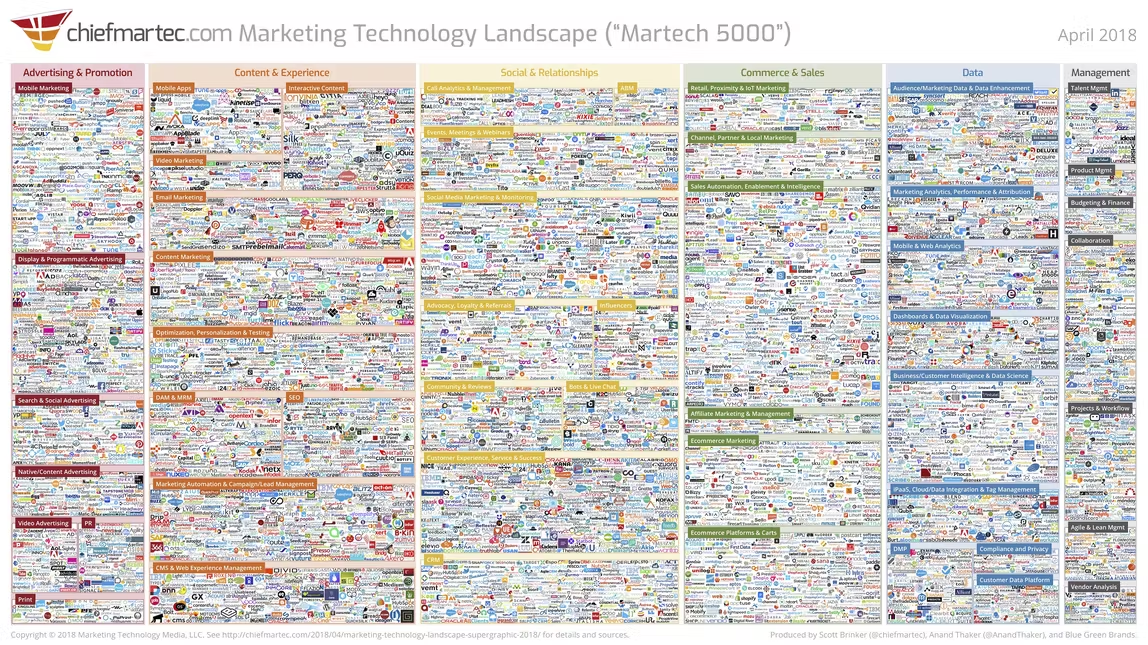There are a few common themes and pitfalls that companies make when creating a value-based pricing strategy. There is no such thing as a one-sized fits all approach. Your team must know their own markets and customers, and understand how they will react to certain pricing strategies. Careful evaluation of your current strategy and future planning can offer you huge returns.
Value-based pricing is constantly top of mind for B2B executives. Promises of higher profits and market share have been made credible by numerous success stories. Which team wouldn’t want to share in that success? There’s little wonder as to why SBI is seeing more and more companies make the move. Companies are often frustrated when they launch value-based pricing strategies without seeing the results. Why? Their value-based pricing strategies are not truly value-based. Organizations have turned to Margin Based Pricing Tools to help solve this conflict.
It takes market understanding, rigor, and discipline to get value-based pricing right and for it to gain superior returns. There are several reasons why a deliberate value-based pricing strategy can fall short of expectations. The common themes are:
- Inward-out Value Calculation
- Lack of Value Communication
- Cost-based, Not Value-based Strategies
Let’s take a deeper dive into each of them:
1. Inward-Out Value Calculation
Often, the source of the issue is due to inward-out thinking. The value the company calculates is an internal perception of value, not the customers.
For example, imagine your company views your solution as being an efficiency play. It allows users to complete tasks more quickly and saves them time. In that case, calculate the value as being the cost of the users’ time that has now been saved.
This is great if the customers share this perception. But what happens when they don’t? What if the customer doesn’t place any value on time savings? Perhaps your employees just end up leaving work earlier. In this case, the customer will not agree with that measurement of value and will push back on any prices communicated this way. Adoption and margins will follow.
It is important to remember that in value-based pricing customer perception is everything. These perceptions are not static – you can change them through customer education, but you must know them and address them through your pricing strategy. If not carefully addressed, your value-based strategy will not be value-based for the customer—meaning it will not value-based at all.
2. Lack of Value Communication
Sometimes, a pricing strategy truly is value-based, but the value is not communicated to the customer.
SBI has witnessed a former client go to great lengths to calculate the value of a new product that was delivered to a customer. They produced a custom, value-based price for each major account, but they were afraid to share the strategy to the customer. They feared the customer would push back on the assumptions and reasoning made. Consequently, they didn’t show any part of the calculation to the customer. They elected just to show the price to the customer without any rationale. It was more common than not that the prices were rejected.
Without a frame of reference for the price levels, customers would resort to their own expectations. These would likely be based on similar types of solutions, which were lower priced. Customer willingness-to-pay was, therefore based on an uninformed perception of value. Since this was lower than the true value, willingness-to-pay was lower than the prices set.
For the customer, the way you price is often just as important as the price itself. Your pricing strategy tells your customer how to think about the value you create. If a product’s value is not well understood, it is up to you to clarify and explain. By doing so, you raise value perception, boost willingness-to-pay, and can command higher prices.
3. Cost-Based, Not Value-Based
Sometimes companies believe they are pricing to value when they are actually pricing to cost.
This may be surprising but is quite understandable. So many price strategies are cost-based that companies often think of the cost as value. A jacket should cost more than a t-shirt because there is usually more material. Ten hours of professional service should cost more than five, even if the outputs are comparable.
Given this line of thinking, companies usually confuse their cost-plus strategy with value-based pricing. This approach is usually coupled with having high margin goals. The rationale is that the high margin is due to the high amount of value added. Hence, “value-based” pricing.
While value-based strategies typically result in higher margins than cost-plus, this is not what defines them. What defines this strategy is that the price is set based on the willingness-to-pay of the customer. A strategy which determines the ideal price and then backs into the margin is value-based. A strategy that starts with a margin goal and then sets the corresponding price is not value-based. The cost still determines the price. It’s cost-plus, with a large “plus.” Such strategies are potentially missing out on higher profits from those who will pay more, and on profitable business from those whose willingness-to-pay wouldn’t meet the margin goals. Value-based pricing does not have that shortfall.
Download SBI’s Margin Based Pricing tool to help you get started with value-based pricing.
Cost-plus strategies can be made somewhat value-based by setting a different margin goal for different products and/or different segments. This is often a great approach for companies with a large number of products. Full value-based pricing at the product level would be too complex to be realistic. Instead, margin targets can be customized by product line and customer segment to better capture the value delivered.
Keep in mind; this is not a one size fits all approach—value-based pricing is not for every business. To capture that value requires rigorous strategies and strong execution. But for those offering a high-value, differentiated product, it can offer huge returns. Decide whether you are willing to invest in setting a value-based strategy. And if you are, take the steps to ensure that it truly is value-based.


